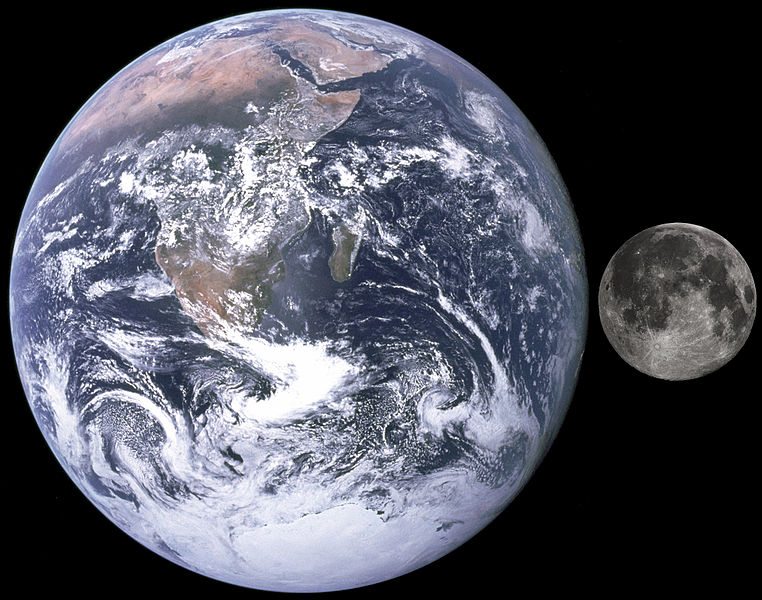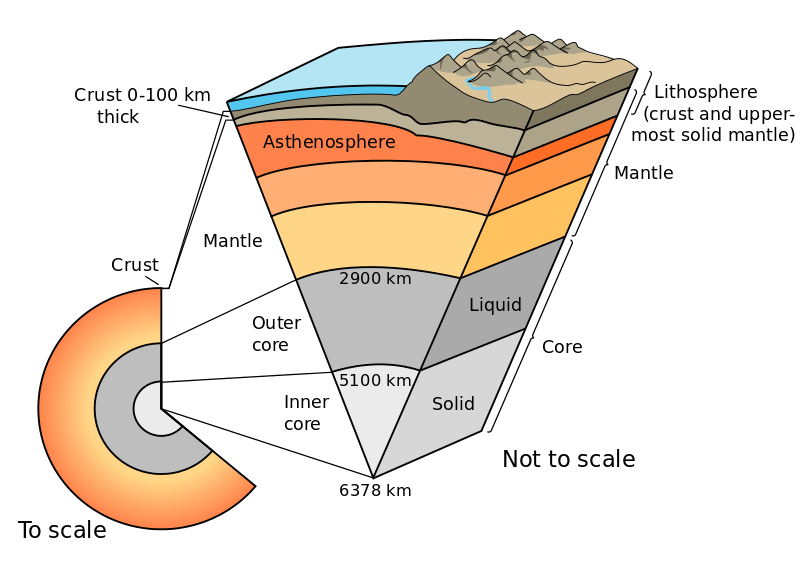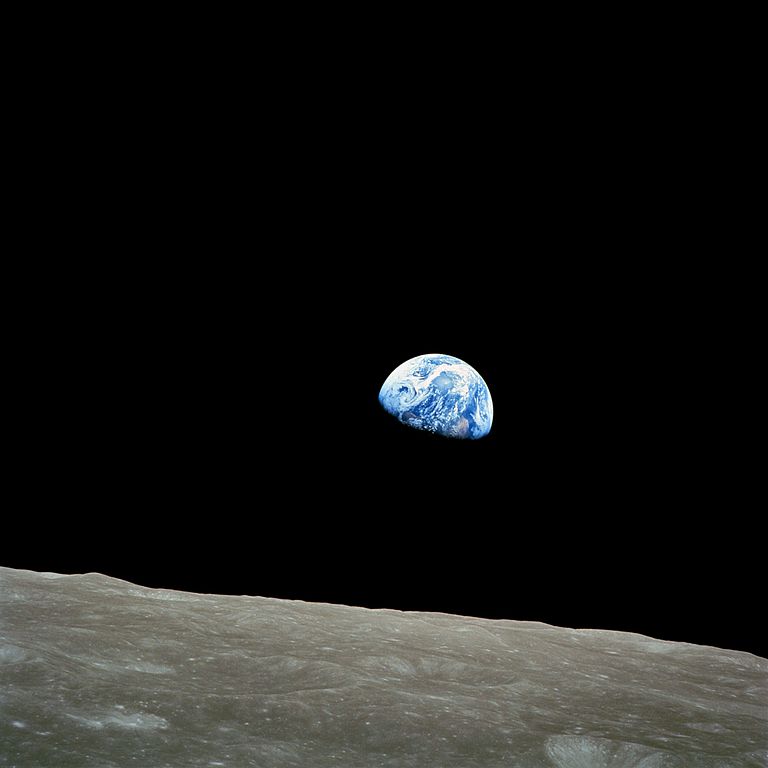Earth
Episode #3 of the course Introduction to the Solar System
Our home planet, Earth, is the third planet from the Sun and the fifth largest planet in our solar system. In fact, Earth’s diameter (7,926 miles or 12,756 km) is just a few hundred kilometers larger than Venus, and nearly 1.3 million Earths could fit into the volume of the Sun, which is approximately 108 times larger than Earth itself. As the third rock from the Sun, Earth is 92.95 million miles (149.6 million km) away (known to scientists as a distance of 1 AU). Earth is also quite far away from Mars, which is occasionally its closest neighbor (depending on its orbit), approximately 36 million miles (57 million km) away.
Earth experiences four seasons due to the fact that its axis of rotation is tilted at approximately 23.45 degrees as it orbits around the Sun. As a result of this tilt, during part of the year, the northern hemisphere is tilted toward the Sun while when southern hemisphere is tilted away, which results in summer in the north and winter in the south. Then, six months later, half the journey around the Sun is complete and the situation is reversed. Surface temperatures on earth range from -126 to 136 (min/max) °F or -88 to 58 (min/max) °C. Contrary to what you may believe, a full Earth rotation falls just shy of 24 hours—it takes 23 hours, 56 minutes, and 4.1 seconds to complete a full turn.

Earth rotation
Earth is the only planet with a singular moon in its orbit. Its moon is thought to be approximately 4.5 billion years old, which would make it just slightly younger than Earth itself (which is 4.543 billion years old). The moon is approximately 238,855 miles (384,499 km) away and is 27% the size of planet Earth. It is also directly responsible for the ocean tides that we experience on a daily basis. It also holds the title of the fifth largest natural satellite in the solar system.

Earth size comparison for the Moon
Similar to Mercury, Venus, and Mars, Earth too is a hard, rocky planet. The Earth is composed of four layers: the crust, the mantle, the outer core, and the inner core. Unlike its neighbors, however, Earth is mostly covered in bodies of water, and 70% of the planet’s surface is made of oceans. Its immediate atmosphere is made up of air (78% nitrogen, 21% oxygen, and 1% other ingredients, including carbon dioxide). This unique combination of water and atmosphere is what makes Earth the only known planet to support life. Many other planets have atmospheres, but only Earth’s is breathable by humans.

Geologic layers of Earth
Given that Earth is the home base of human life, discovery dates back to the earliest ancient peoples. However, it was not until October 24, 1946 that a V-2 test rocket launched from New Mexico snapped the first ever known photo of Earth from outer space. It is only from this extreme vantage point that we are able to observe and understand the delicate balance among Earth’s oceans, air, land, and life.

“Earthrise”, the first photograph of Earth as a celestial body, taken by astronauts on board Apollo 8
Recommended book
Share with friends

